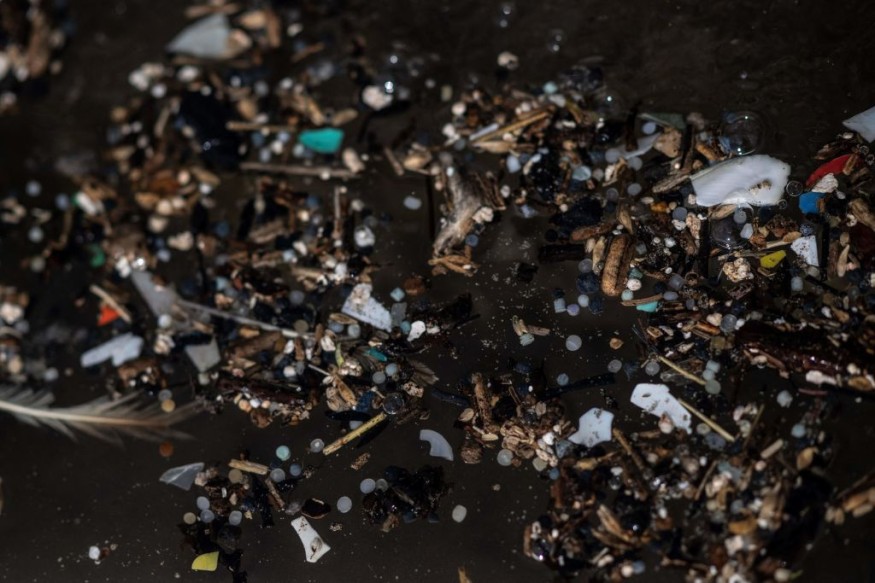
Experts said that microplastic pollution has already reached Japan's Mount Fuji and Mount Oyama.
They noted that the clouds found the two mountains contain concerning levels of the tiny plastic bits, adding that this observation highlights how the pollution can be spread long distances.
This will then result in contaminating the planet's crops and water through the "plastic rainfall."
Alarming Findings of the Study
The study explained that microplastic pollution is occurring in most ecosystem, however, their presence in high altitude clouds and their influence on cloud formation and climate change are poorly known and understood.
Researchers have analyzed microplastics in cloud water sampled at the summits of Japan mountains at 1300-3776 m altitude by attenuated total reflection imaging and micro-Fourier transform infrared spectroscopy.
They had observed nine microplastics including polyethylene, polypropylene, polyethylene terephthalate, polymethyl methacrylate, polyamide 6, polycarbonate, ethylene-propylene copolymer or polyethylene-polypropylene alloy, polyurethane, and epoxy resin.
The study indicated that the microplastics were fragmented, with mean concentrations ranging from 6.7 to 13.9 pieces per liter, and with Feret diameters ranging from 7.1 to 94.6 μm.
Further, it was found that the microplastics bearing hydrophilic groups such as carbonyl and/or hydroxyl groups were abundant, suggesting that they might have acted as condensation nuclei of cloud ice and water.
They also said that the high-altitude microplastics cloud influence cloud formation and, in turn, might modify the climate.
Experts pointed out that in interpreting the results of their study, it should be noted that the cloud water collectors used at the three sites were not identical.
They explained that in particular, an active-type collector that can collect more cloud water was used at Tarobo. In addition, the string-type collectors used at all sites are used for the analysis of major ions in cloud water and are unsuitable for the analysis of suspended particles such as airborne microplastics, as some of them may become trapped in strings and flow channels.
This suggested that the number concentrations of airborne microplastics reported in this study were likely underestimated.
Climate Change Effects
Experts warned that if the issue of plastic air pollution is not addressed proactively, this will later result in climate change, with ecological risks becoming a reality.
They also said that humans and animals ingest or inhale large amounts of microplastics, which have been detected in human lungs, brains, hearts, blood, placentas, and feces.
According to the study, their toxicity is still being determined, however, new research that exposed mice to microplastic points to health issues, like behavioral changes. Other studies have also found links to cancer and irritable bowel syndrome.
Humans and animals ingest or inhale large amounts of microplastics, which have been detected in human lungs, brains, hearts, blood, placentas, and feces.
Their toxicity is still being studied, but new research that exposed mice to microplastic points to health issues, like behavioral changes, and other studies have found links to cancer and irritable bowel syndrome.
Microplastics smaller than 5 mm are referred to as microplastics, which include microbeads used in cosmetics, the ship-breaking industry and fertilizers, as well as those in the degradation of larger plastics, such as plastic bags and plastic containers.
Related Article : Microplastics Found in 75% of Fish Meant for Human Consumption: Is It Still Healthy to Eat Seafood?
Related Video:
© 2025 NatureWorldNews.com All rights reserved. Do not reproduce without permission.





